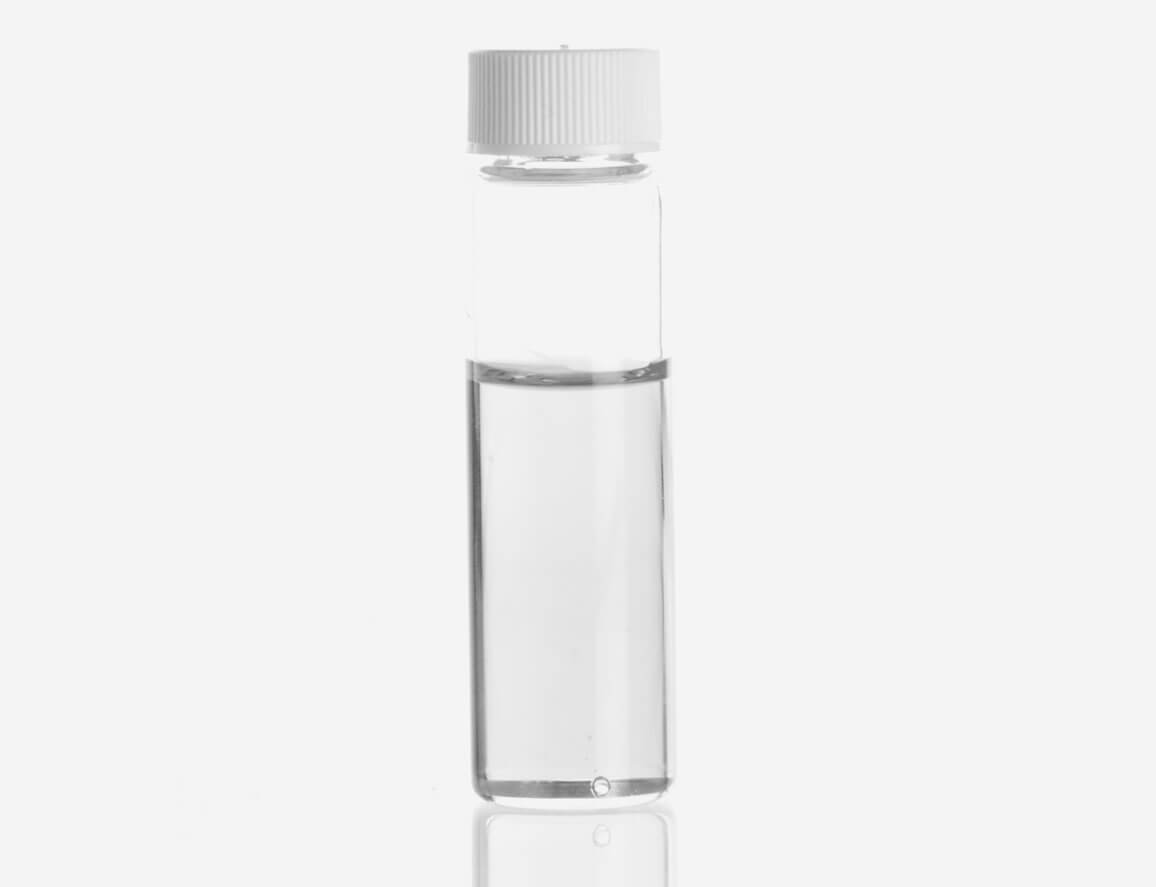Sleep Disorders and GHB: Uncovering Hidden Uses
페이지 정보

본문
GHB and Sleep Disorders: Exploring Potential Uses (and Risks)
For many people struggling with nightly awakenings, finding effective and safe treatments can be a difficult process. One substance that has garnered attention for its potential to treat sleep disorders is gamma-hydroxybutyric acid, commonly known as GHB. In this article, we will delve into the potential applications of GHB in treating sleep disorders, as well as its risks and limitations.
Background on GHB
GHB has been used for decades as a social substance, primarily in the 1970s and 1980s rave scene. Its pleasurable effects, accompanied by lessened anxiety and improved sleep, have led to its misuse. However, in the 1990s, GHB was approved by the US FDA as a solution for narcolepsy, a neurological disorder characterized by excessive daytime sleepiness and sudden attacks of sleep.
Potential Uses in Sleep Disorders
Research suggests that GHB may have therapeutic potential in several sleep disorders. For example, its ability to promote deep sleep and rapid eye movement (REM) sleep could be useful in treating restless leg syndrome, a condition characterized by difficulty initiating or maintaining sleep. Additionally, GHB's effects on augmenting REM sleep may help alleviate symptoms of restless leg syndrome, two conditions that often disrupt sleep quality.
GHB's potential benefits in sleep disorders can be attributed to its interaction with neurotransmitters in the brain, such as GABA and glutamate. These neurotransmitters play critical roles in controlling sleep-wake cycles and reducing sleep quality. By influencing these neurotransmitters, GHB may help enhance sleep duration, quality, and depth.
Risks and Limitations
While GHB may hold promise for treating sleep disorders, its potential risks should not be underestimated. Long-term use of GHB can lead to substance dependence and addiction, particularly when used improperly. Additionally, ghb tropfen kaufen's synergistic effects with other substances, such as alcohol and benzodiazepines, can increase the risk of adverse reactions.
Additionally, the available version of GHB, known as Xyrem, is only available by prescriber and is often associated with rare but potentially life-threatening side effects, such as respiratory depression, hypothermia, and coma. Furthermore, GHB is a restricted substance in many countries due to its high potential for abuse.

Future Directions
More research is needed to fully realize the therapeutic potential of GHB in sleep disorders. However, studies have shown promising results, particularly in the context of narcolepsy and insomnia. As our understanding of GHB's mechanisms of action and consequences evolves, it is crucial to evaluate the benefits against the potential consequences when considering its use in treating sleep disorders.
In conclusion, while GHB may hold potential as a treatment for sleep disorders, its use should be approached with reserve. Clinicians should carefully evaluate patients for GHB's potential risks, particularly those with a history of substance abuse or addiction. As research continues to reveal the complexities of GHB's effects on the brain and body, we may discover new pathways to augmenting sleep quality and duration for those struggling with sleep disorders.
- 이전글노래도우미구인광고 광고문의 텔레 :SEOGOT 노래방도우미알바모집 노래도우미알바모집 노래방도우미보도사무실 25.05.20
- 다음글stake가입 【위너보증.com / 가입코드 9122】 라칸 25.05.20
댓글목록
등록된 댓글이 없습니다.







